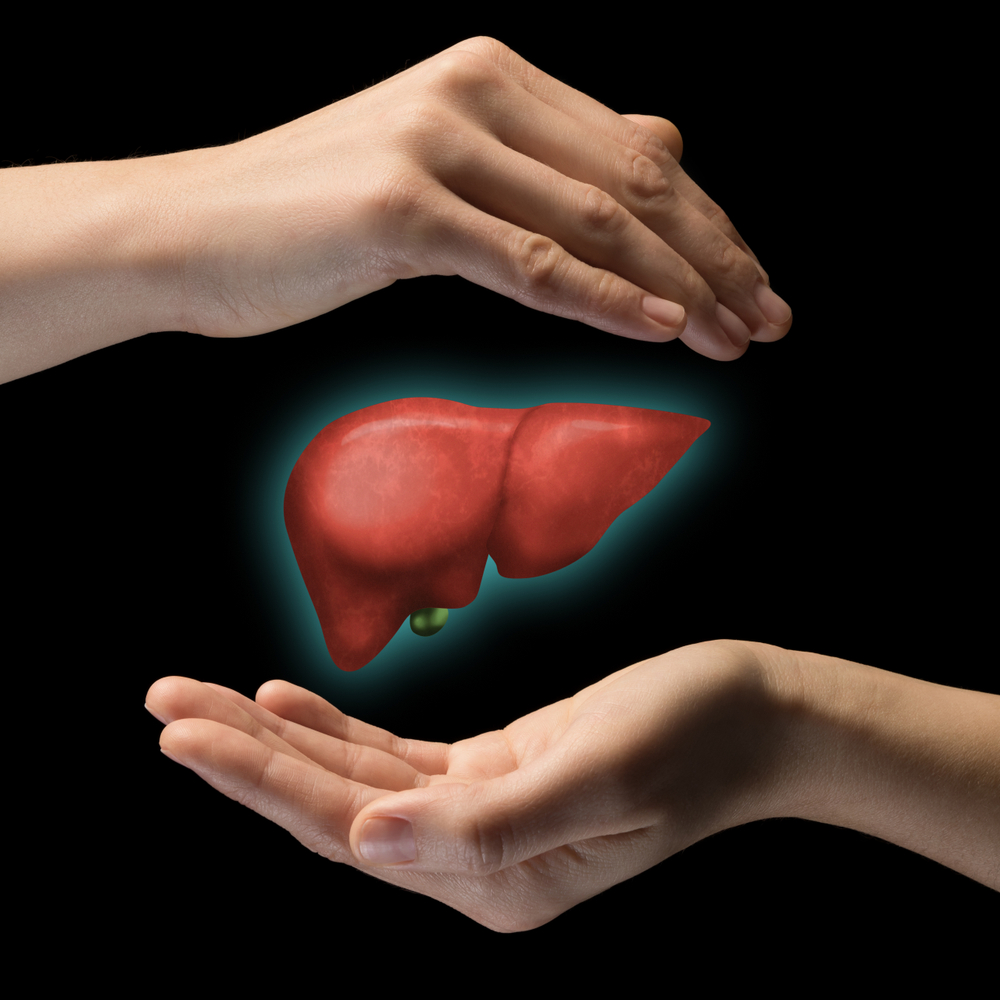The influence of race/ethnicity and insurance status on opioid prescribing among pediatric inpatients is a “complex and multifaceted” issue, according to the researchers of a study on the topic.
This cross-sectional study encompassed data from a pediatric children’s hospital in Southern California. A total of 55,944 encounters that took place between June 2013 and June 2018 were reviewed.
The researchers reported that race/ethnicity had “a significant main effect” on opioid and non-opioid orders. For Black patients, compared to Asian, Hispanic, and White patients, physicians ordered far fewer opioid medications—but more non-opioid medications. Health insurance payer type was found to affect non-opioid orders: government-sponsored plans such as Medi-Cal and Medicare were correlated with fewer non-opioid prescriptions when compared with HMO and PPO insurance.
The interaction of race/ethnicity with insurance coverage also appeared to play a role in opioid orders, the study authors observed. The highest umber of opioid orders was observed among White patients with “other insurance coverage. Meanwhile, Black patients with PPO coverage, compared to those with government and HMO coverage, received fewer opioids. However, Asian patients with PPO coverage, compared to those with government and HMO coverage, received more opioids.
The study appeared in the Journal of Racial and Ethnic Health Disparities.
“Findings suggest that the relationship between race/ethnicity, insurance type, and physician decisions opioid prescribing is complex and multifaceted. Given that consistency in opioid prescribing should be seen regardless of patient background characteristics, future studies should continue to assess and monitor unequitable differences in care,” the researchers concluded.
Notably, racial disparities in opioid prescribing have been observed previously. A recent study found that race and age—rather than pain scores—played a significant role in determining whether long bone fracture patients were treated with opioids.
In that study of 115 patients (average age, 29.0 years; 55% were male), most of whom were non-White (n=64; 55%), females had significantly higher pain scores than males, and medication class administration differed somewhat between the sexes. When assessing by race, pain scores did not largely differ between white and non-white patients. But white patients were significantly more likely to receive opiates than non-white patients (70% vs. 50%).
Credit: Original article published here.










